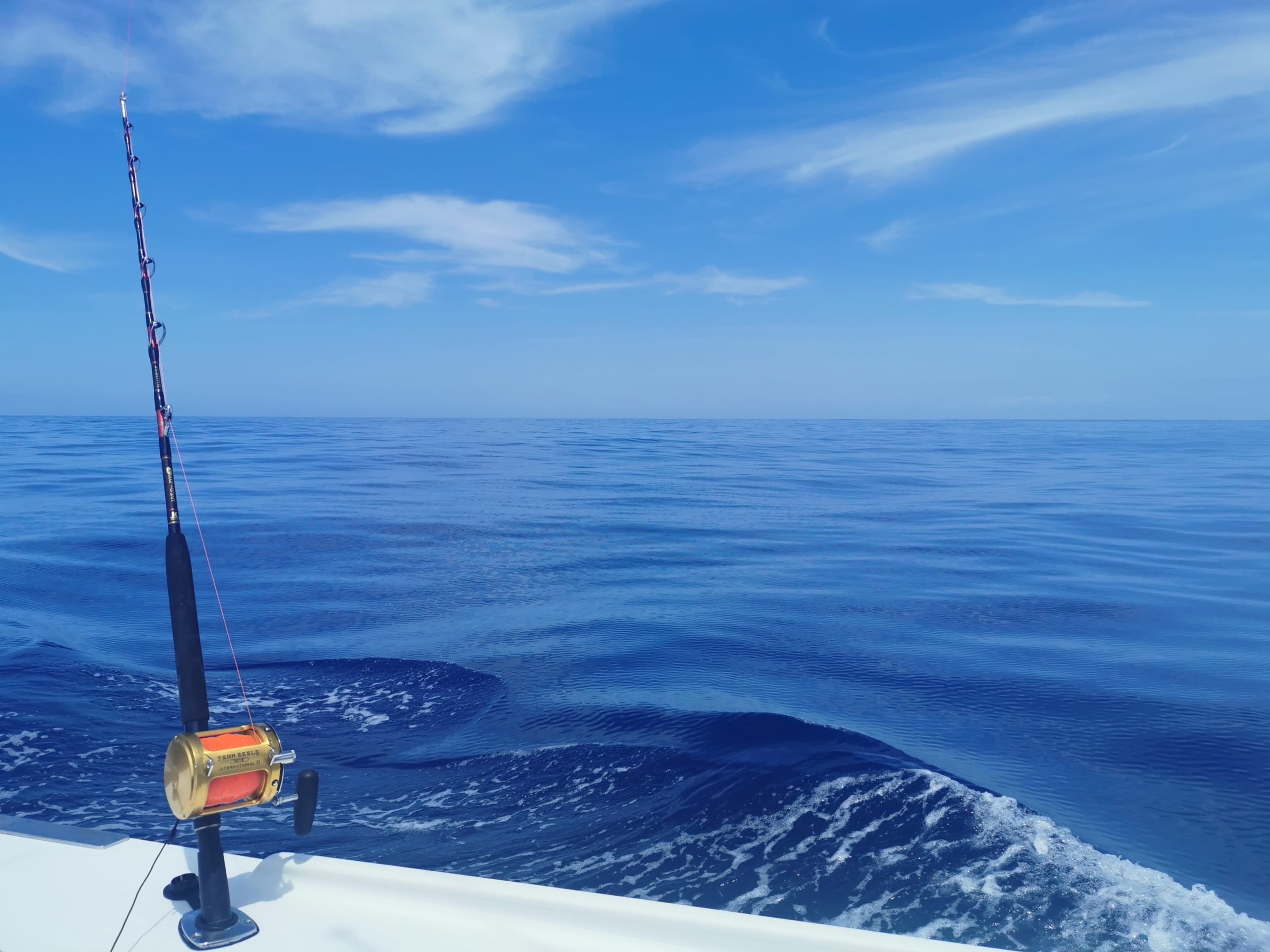FAQs
All FAQs |
Customary Fisheries | Fisheries Management | maximum sustainable yield | QMS | Economics | Fishing | Rescue Fish | Environment | Fishing methods | Recreational Fishing | Fishcare | customary | Kahawai | Reform scam | Baitfish | Scallops | Crayfish | WRC decision | Marlin | Reef fish
November 6, 2025
Commercial fishers are unable to keep and sell dead marlin caught within New Zealand’s Exclusive Economic Zone (EEZ) in order to preserve these fish as a non-commercial fishery. This regulation has been in place since 1991 and was negotiated between the New Zealand Big Game Fishing Council (now NZ Sport Fishing Council), commercial fishers and ... Read more.
October 21, 2025
In 2022, the Waikato Regional Council reviewed its Coastal Plan to enhance marine biodiversity within the Council’s coastal water boundaries. The Plan sets out how the Regional Council will manage the marine waters covering the inner Hauraki Gulf, Coromandel down to Waihi, and the west coast from Waiuku to Mokau. Once finalised, it will be ... Read more.
October 21, 2025
In October 2025, the Waikato Regional Council (WRC) agreed to prohibit destructive mobile bottom-contact commercial fishing methods including bottom trawling, Danish seining and dredging across most of the Council’s coastal waters. These methods will only be permitted in select areas (see the grey area pictured below).
October 21, 2025
The new rule is being introduced under the Resource Management Act 1991 (RMA), which gives councils powers to manage activities that damage the seabed and threaten indigenous biodiversity.
October 21, 2025
The restrictions on where commercial fishers can use destructive mobile bottom-contact fishing methods are not yet in force. The Plan has been sent to Tama Potaka, the Minister of Conservation, for his review. Until the rule becomes part of the operative Coastal Plan, these methods can continue for the time being – subject to any ... Read more.
October 21, 2025
Earlier in 2025, the Minister for Oceans and Fisheries, Shane Jones announced that he will not progress proposals to restrict destructive fishing methods including bottom trawling within the Hauraki Gulf Marine Park. A lack of action from the central government led the Waikato Regional Council to look for solutions within their control under the Resource ... Read more.
September 16, 2025
In 2016, scientists first described crayfish in the Hauraki Gulf as “functionally extinct”. This means that because there are so few crayfish in the marine ecosystem, crayfish can no longer play their vital role in the ecosystem. Part of their role includes predating on kina (sea urchins) and contributing to the health of rocky reefs.
September 16, 2025
In 2024, more than 2,592,000 kilos of red rock lobster were exported chilled, live to China. That’s more than 99.9% of the total rock lobster exported. Source – Seafood New Zealand, Export Statistics. January-December 2024. Page 104
September 16, 2025
The depletion of crayfish is the direct result of catch limits being set too high for too long, allowing more crayfish to be taken than the fishery could sustain. The catch limits that have been set were driven by flawed, inaccurate science that falsely informed officials and previous fisheries Ministers that the fishery was in ... Read more.
September 1, 2025
The Crown has mismanaged the scallop fishery. In March 2023 the Minister for Oceans and Fisheries reduced the Total Allowable Commercial Catch (TACC) in the Coromandel scallop fishery to zero. Now, no quota owner, including any entity that holds Settlement quota, is making any money from their shares in this fishery. The restoration plan provides ... Read more.

